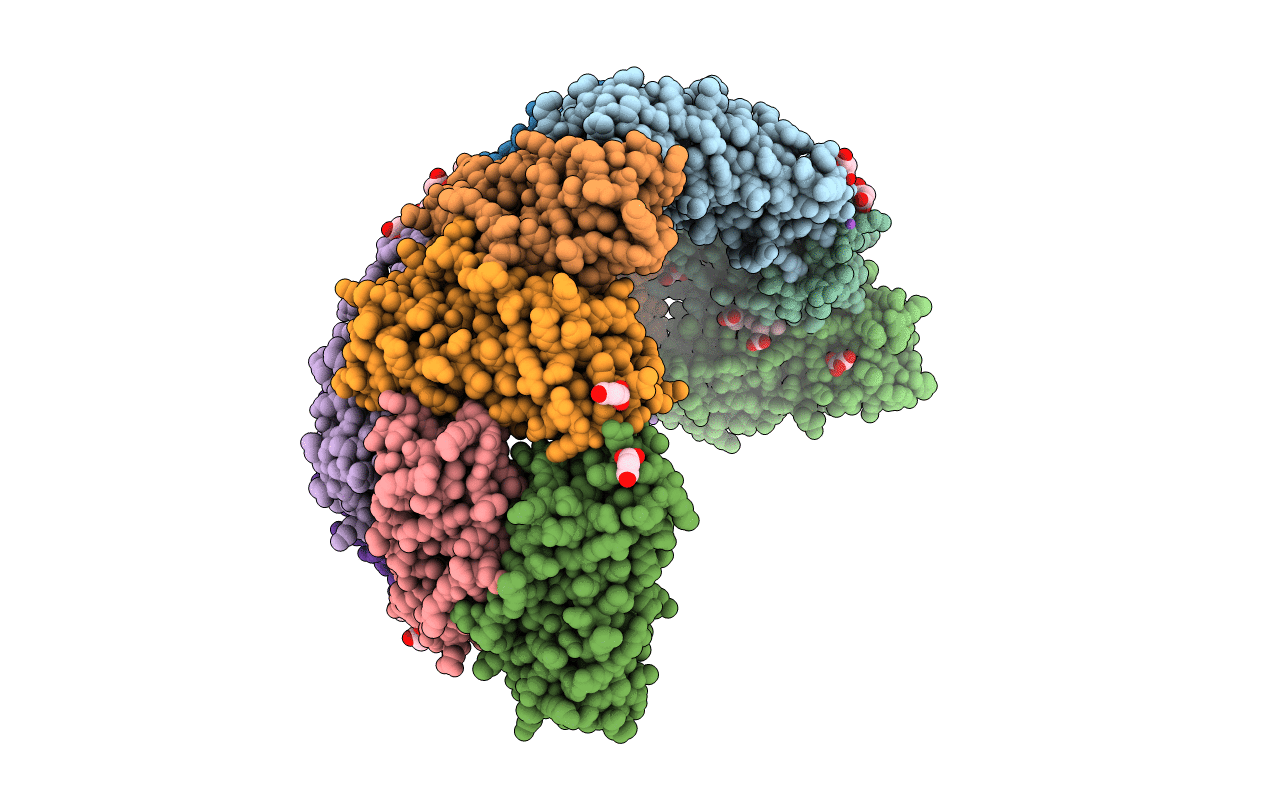
Deposition Date
2019-06-07
Release Date
2020-05-13
Last Version Date
2023-10-11
Entry Detail
PDB ID:
6P8K
Keywords:
Title:
Escherichia coli Bacterioferritin Substituted with Zinc Protoporphyrin IX
Biological Source:
Source Organism:
Escherichia coli K-12 (Taxon ID: 83333)
Host Organism:
Method Details:
Experimental Method:
Resolution:
1.70 Å
R-Value Free:
0.21
R-Value Work:
0.19
R-Value Observed:
0.19
Space Group:
P 42 21 2


